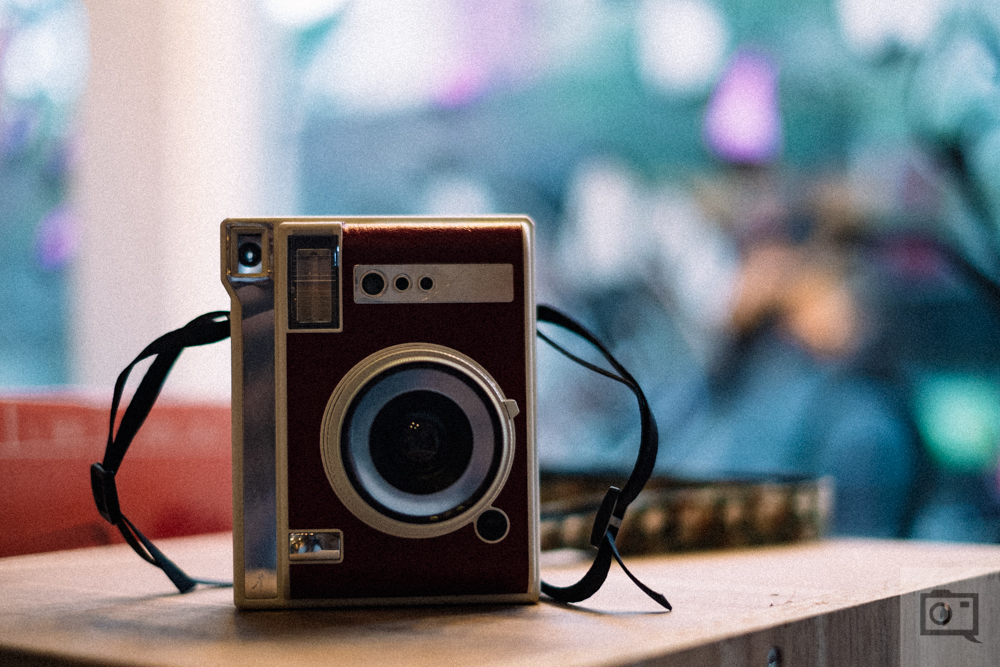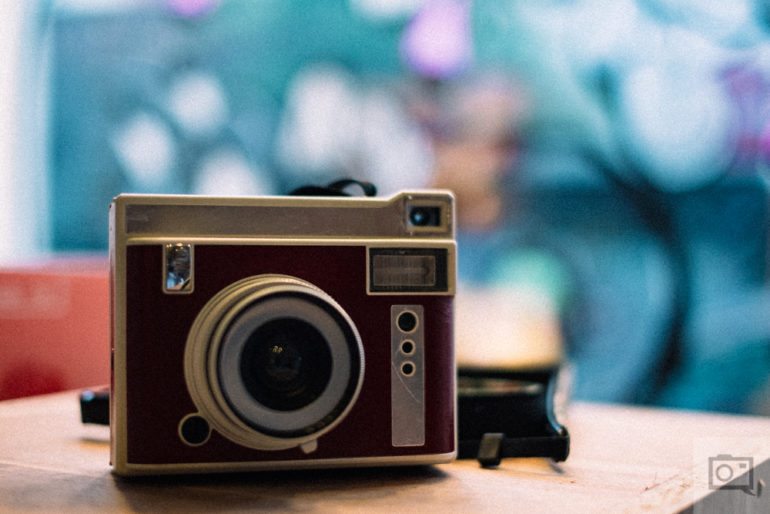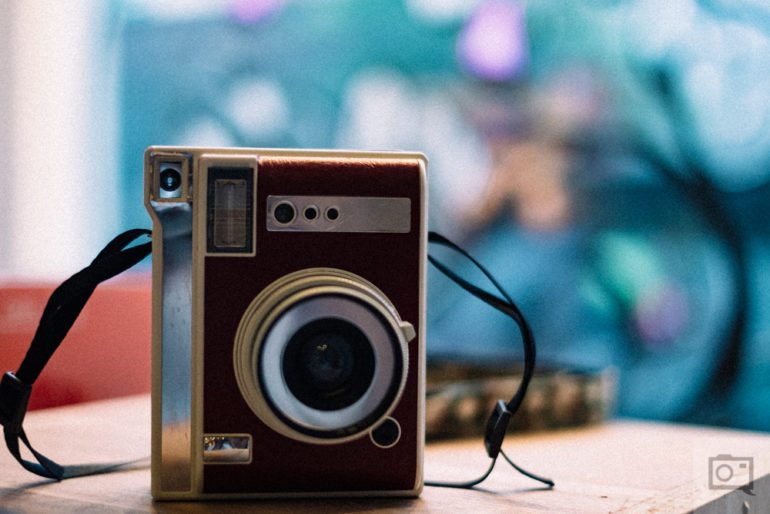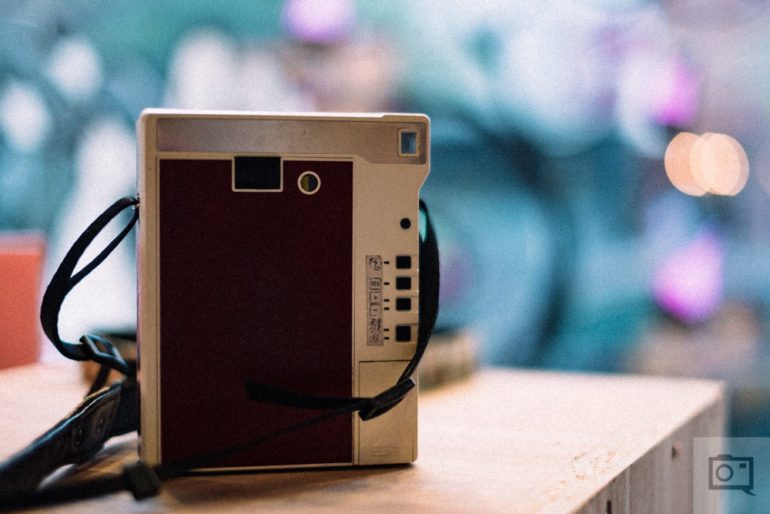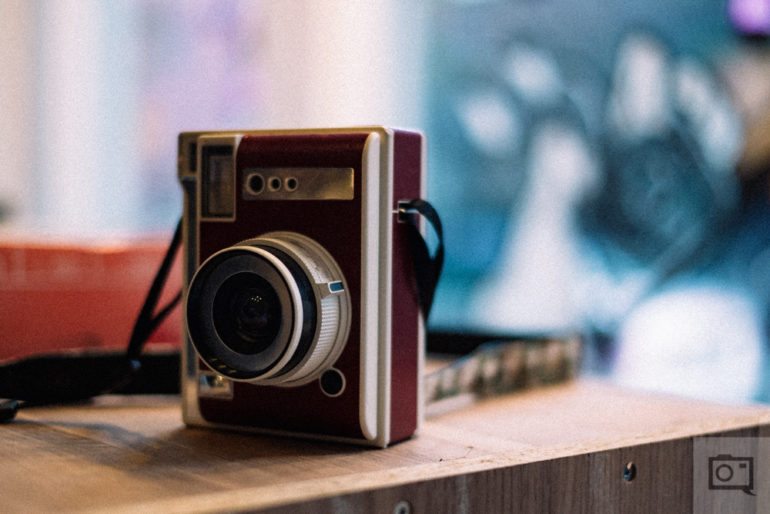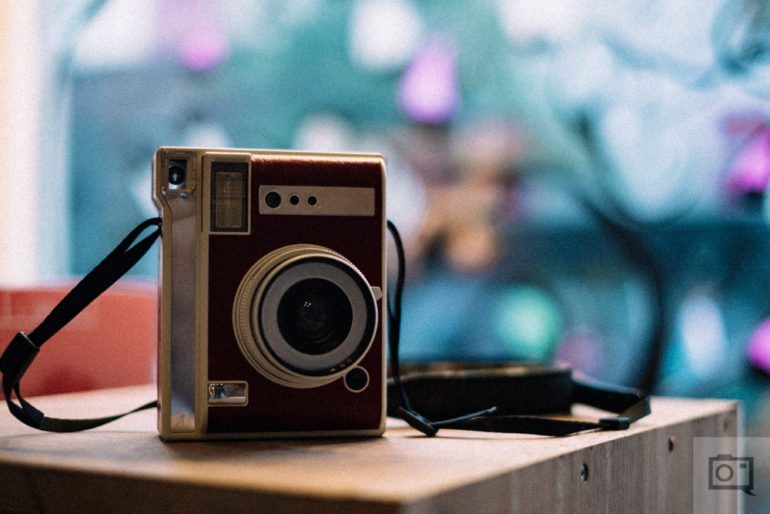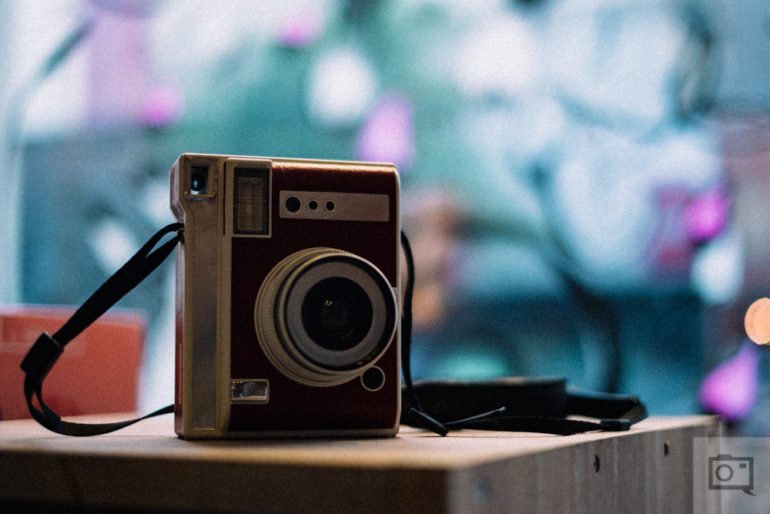Last Updated on 08/31/2016 by Chris Gampat
Today, Lomography is launching the new Lomography Lomo’Instant Automat–a camera that they’re billing as the instant version of the company’s very popular LCA+. Targeted at the person looking to have fun with an instant camera and have great instant memories, this camera features a lot of what the Lomo’Instant Wide can do without the PC sync port and 1/30th shutter mode, and it uses Instax Mini film.
Like almost everything else from Lomography, it’s being launched with a Kickstarter that’s sure going to be backed faster than anything I’ve ever put out–and it’s also going to be something that a lot of photographers may be looking very closely at. When you consider that Instax Mini is pretty much the size of 645 film, you’ll be very happy to know that they’re getting closer and closer to something with manual controls.
Tech Specs
Film Format: Fujifilm Instax Mini Film
Exposure Area: 62mm x 46mm
Shutter Speed: Bulb (maximum 30 seconds),
8s-1/250 (Auto Shooting Mode) Aperture: f/8, f/22
Exposure Compensation: +1/-1
Exposure Values (Ambient Exposure)
Film Ejection Mechanism: Motorized
Multiple Exposures: Unlimited
Built-in Flash Guide Number: 9 (m)
Built-in Flash: Automatic Flash & Flash Off Mode Zone Focusing Setting: 0.6m / 1-2m / infinite
Tripod Mount: Yes
Remote Control: 2 sensors
(one at the front, one at the back),
transmission via Infrared
Remote Control Sensor Range: 1-2m in bright
sunshine, up to 5m indoors
Film Counter: LED indication, counting down Battery Supply: 2 x CR2 batteries (2 x 3V)
Remote Control Battery Supply: 1 x CR1632
batteries (3V)
Filter Thread Diameter: 43mm
Lens Attachments: Close Up, Wide Angle, Fisheye lenses
Ergonomics
If I really had to compare the Lomo’Instant Automat to anything, it would probably be the Fujifilm Instax Mini 90. Though it doesn’t sport the retro good looks of the Fujifilm camera, it is indeed something that will appeal to a specific user.
At this point, I should also mention that I saw a pre-production unit last night (and a few nights before to be honest).
What you’ll see on the front is the lens taking up a large part. Below that is a button that locks the lens in place when on/off. You’ll see the focusing distances accordingly.
On top of the lens you’ll find the flash, the light meter, etc. Keep your fingers away from there.
When you turn the camera around, what you’ll find are the main controls. This is also where you put the film into the camera. Those buttons on the right hand side have little lights that display exactly what you’re doing. You can do multiple exposures, bulb mode, regular mode, no flash, etc.
Turn to the side and what you’ll find are the strap lugs. Honestly, there is nothing special to see here.
The film gets spit out from the top of the camera. What you can also kind of see here are a few holes. When the camera is activated, there is an LED light that comes on to indicate how many images are left in the the pack.
Build Quality
The Lomo’Instant cameras are made of plastic but are pretty solid overall. When you compare it against the Fujifilm Instax Mini 90, I’d say that Fujifilm has a slight advantage here both in terms of build quality and durability, but to be fair I’ve only tested a pre-production unit of the Lomo’Instant Automat.
Story time because I’ve consumed a fair amount of Whistlepig and it’s 10:33 PM at night when I should be in bed because today (when you’re reading this) is a long day for me: a while back I went on a date with probably one of the most amazing women I’ve ever met. She was going to AA meetings, a creative, and we had our first date by walking around three or four different neighborhoods in Brooklyn, in the snow, shooting Instant film. While she had my Mini 90, I had my Polaroid 185 which ended up freezing the film. At one point, the Mini 90 fell in the snow. But I brushed it off and it kept working.
So why is she important to this story? Durability is an issue for people that aren’t super camera savvy! Sometimes they don’t know any better; but that’s a fault of the industry.
Ease of Use
With the exception of the Lomo’Instant Wide, this is probably Lomo’s most complicated Instant film camera. I’d recommend it for the user that wants to get serious about photography, but first wants to grow into something. When they’ve realized how much they can do with the camera, they’ll see how great it and the rest of photography can be.
Focusing
You’re going to manually focus this camera. And if you’re anything like some of the people at Lomography’s event tonight, you’re going to forget that or not know it at all.
So if you’re backing that Kickstarter, be aware of this.
Image Quality
The images that I’ve seen are sharp–just like any other Lomography lens and Instant film camera out there when properly focused. But they’re also from a plastic lens. For the moment, I highly doubt that anything is going to be able to touch the Mint TL70.
First Impressions
I greatly admire Lomography’s efforts. This camera is going to be a hit–let’s be honest. And I genuinely think that backing it is a good idea because it will eventually mean that they’ll offer options for those of us that use manual focus cameras and manual exposure settings. That’s really what I want. Considering that this is a 645 surface area, it’s truly something that could create a brand new photography renaissance amongst the more advanced photographers out there.
I’ll be calling a unit in eventually for review, so stay tuned.


